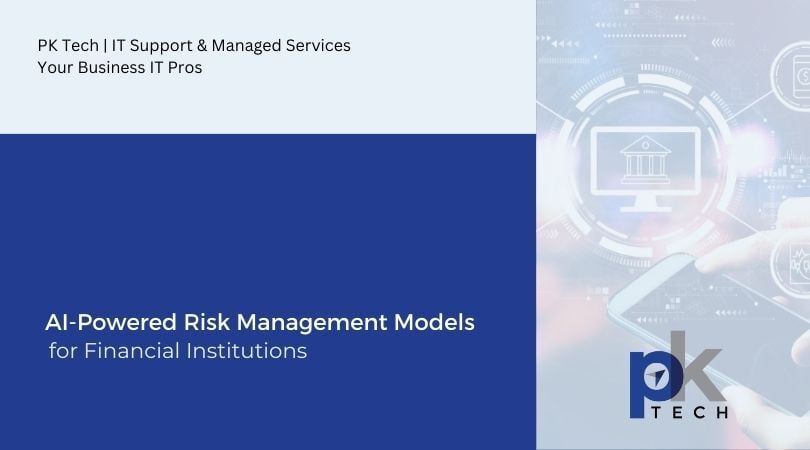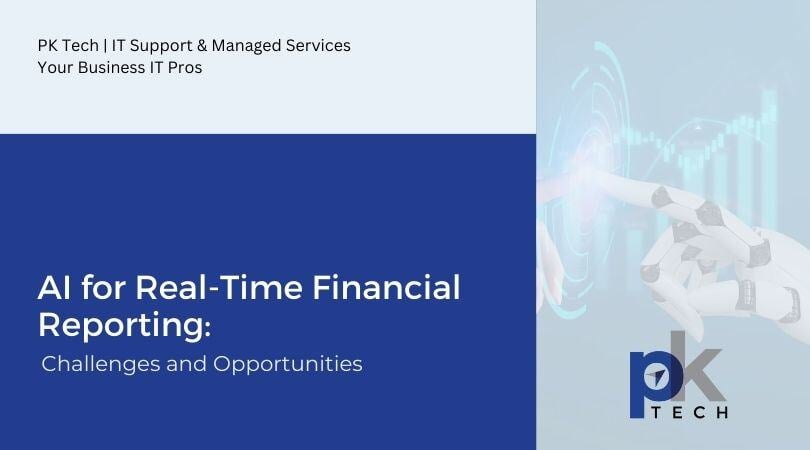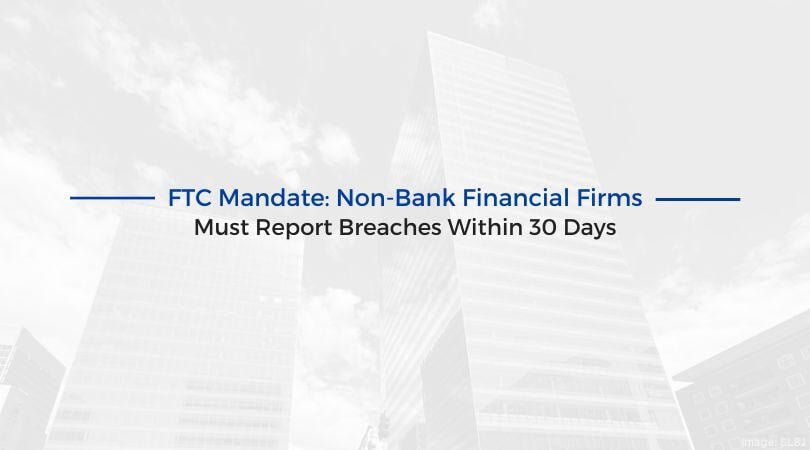AI for Real-Time Financial Reporting: Challenges and Opportunities
Technology has long since been paving a new way forward. From ordering a hamburger at a fast food joint to managing books for a corporation,...

Regulatory pressures, market volatility, and growing cybersecurity threats demand faster, more accurate decision-making, and traditional risk management models are often too rigid to maintain.
That’s where AI-powered risk management enters the picture. Financial institutions are increasingly adopting artificial intelligence to enhance risk assessment, predict potential threats, and automate compliance processes. But while these tools offer substantial advantages, they also have unique challenges.
AI-powered risk models use machine learning algorithms, natural language processing (NLP), and data analytics to identify patterns that would be difficult (and in some cases, impossible) for humans to detect in real-time. These models can analyze massive volumes of structured and unstructured data, from transaction records to social media sentiment, to assess credit, market, operational, and fraud risks.
For example, in credit risk assessment, AI can evaluate a borrower’s creditworthiness more dynamically than static credit scores, incorporating non-traditional data points like payment behavior trends or macroeconomic shifts. In operational risk, AI systems can detect anomalies that indicate potential insider threats or compliance issues long before they escalate.
The move toward AI-driven risk management offers several key advantages:
These capabilities make AI a powerful asset in a competitive financial environment, where agility and accuracy are key to staying ahead.
Despite the benefits, integrating AI into risk management frameworks is not without its downsides:
Successful adoption depends on balancing automation with human judgment and maintaining strict governance over how AI models are trained, deployed, and audited.
Regulators worldwide are closely monitoring AI adoption in finance. In the U.S., the SEC and Federal Reserve are increasingly scrutinizing how AI impacts risk modeling and consumer fairness. The EU’s AI Act is pushing for stricter controls on high-risk AI applications, including those in financial services.
Financial institutions must proactively develop internal governance frameworks that ensure transparency, fairness, and compliance. This means establishing AI model validation protocols, regular audits, and explainability standards. This is particularly important because all of these strategies will likely become regulatory requirements in the near future.
Looking ahead, the future of AI in financial risk management is promising, but it will demand more innovative integration and tighter oversight. We expect to see:
Institutions that invest early in ethical, explainable, and robust AI frameworks will be better positioned to thrive in a tech-driven financial ecosystem.
AI-powered risk management represents a significant leap forward for financial institutions, offering enhanced speed, accuracy, and adaptability in a high-risk environment. Yet, with great power comes great responsibility. To harness AI's full potential, firms must navigate the complexity of implementation while maintaining transparency, ethical safeguards, and compliance readiness.
By treating AI not as a replacement for traditional risk management, but as an augmentation, financial institutions can unlock smarter, safer, and more resilient operations.
Curious about integrating AI into your financial institution? We’re here to answer your questions and offer our professional insight. Get in touch with us here.

Technology has long since been paving a new way forward. From ordering a hamburger at a fast food joint to managing books for a corporation,...
-3.jpg)
When you deal in money and personal information, you might as well paint a target on your back. That’s the life of businesses in the financial...

In a significant move to bolster cybersecurity in the financial sector, the Federal Trade Commission (FTC) has recently implemented a new directive...